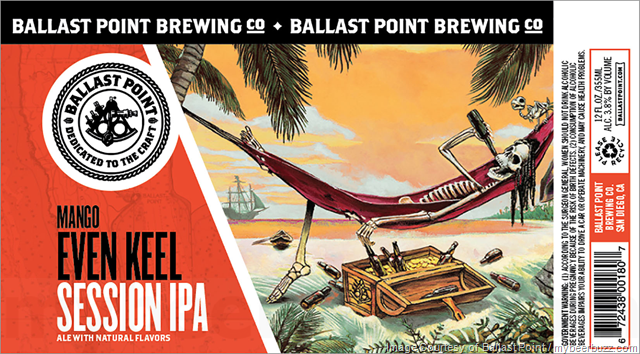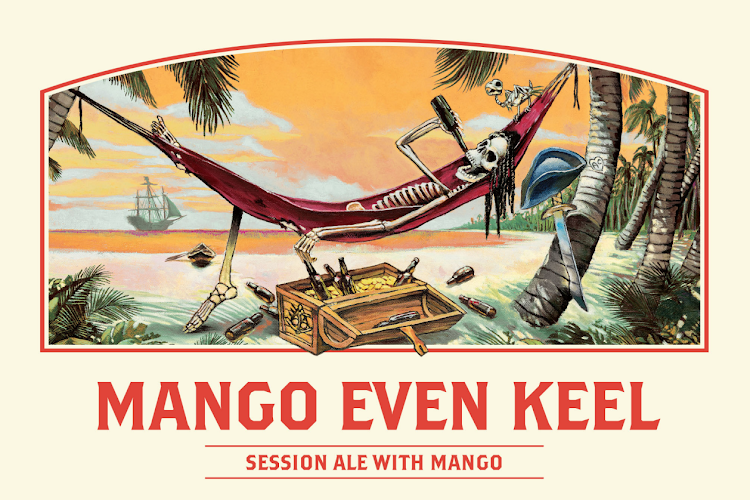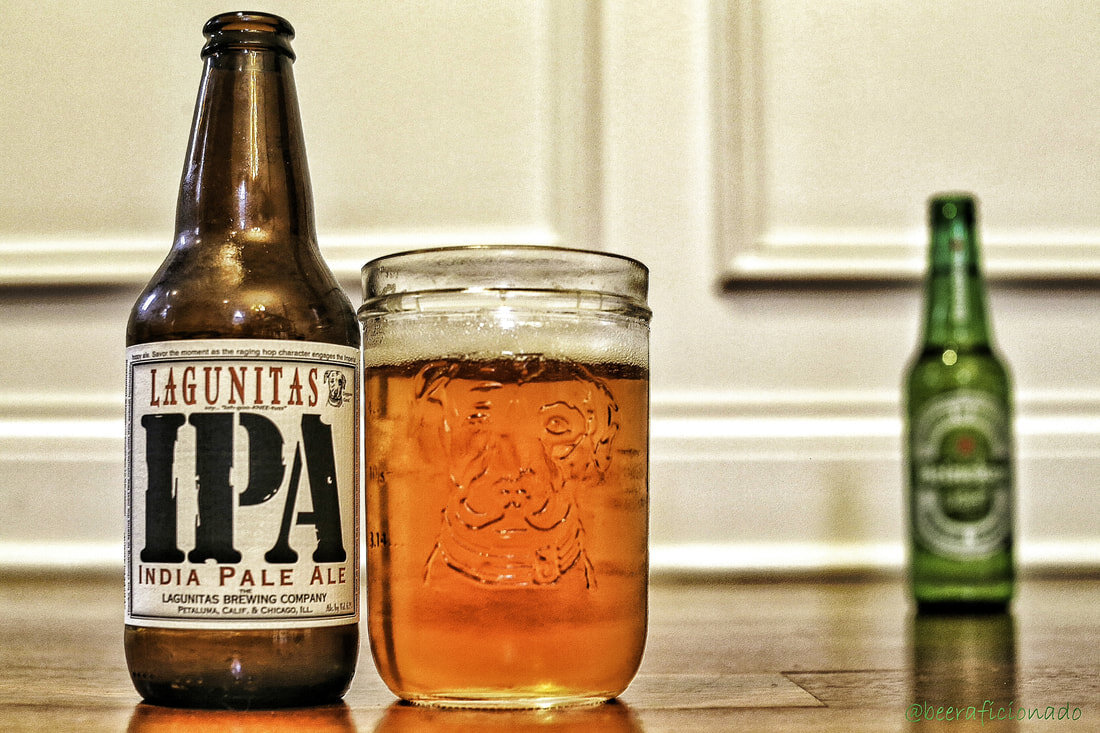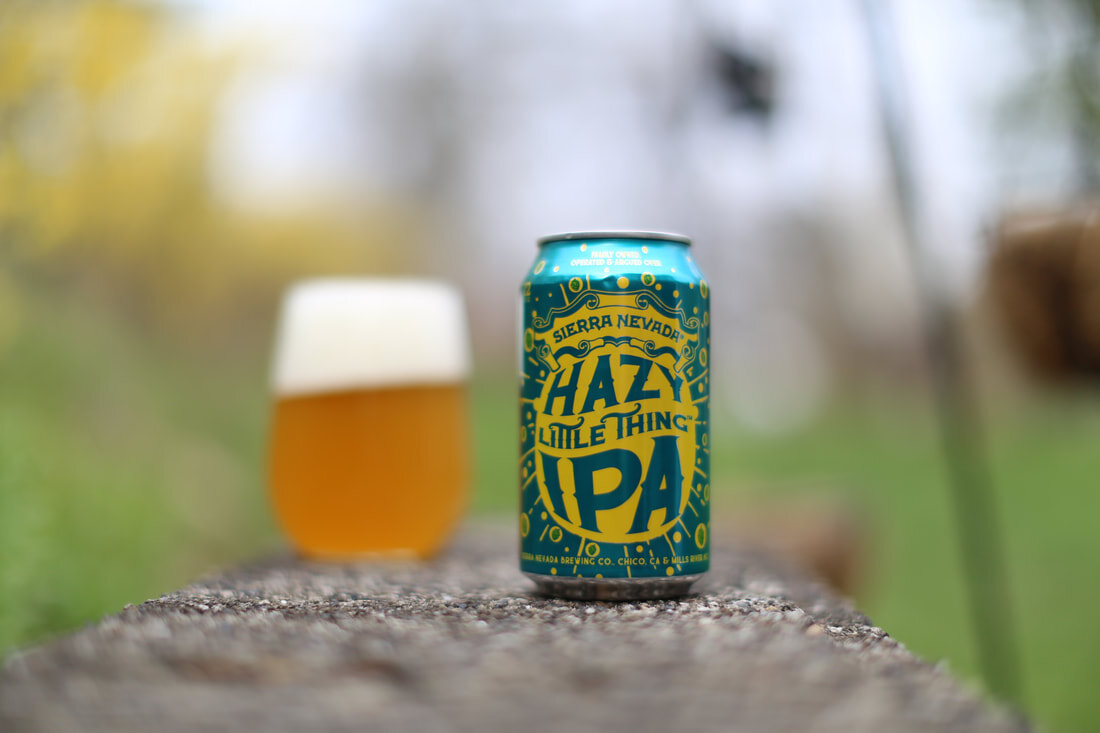Caught in the Middle
It’s been an impressive three-century plus run for arguably the most important style in craft beer’s history. What eventually evolved into the American Pale Ale (APA), thanks to Anchor Brewing and Sierra Nevada, ignited the industry’s initial push forward around 1980. Unfortunately, the writing is on the wall for this style to begin moving out of the spotlight and the reasons have little to do with the taste of the beer...
The Pale Ale is dead, long live IPA.
Pale Ales
Pale Ales are my favorite style of beer, always have been. That extra malt presence over a Session IPA gives them enough body to avoid a watery profile, which in turn doesn't require as much hops to be memorable. All this, while staying low enough in ABV for a dad with two kids who hate to sleep. So what’s happening to Pale Ale? I honestly believe that nothing happened other than the explosion of the term “IPA” into mainstream, but the fallout is fascinating
Let’s take a look at some numbers and compare Session IPAs, to Pale Ales, to IPAs over the last 52-week span, for the last 3 years. In aggregate, the three combined are up a very healthy 10%.
The Pale Ale category has a tight, one-point window of 5% - 6% ABV to receive the style designation. IPA on the other hand is twice that, able to range from 6 - 8%. Session IPAs have mostly been in the 4's, but that's changing after big announcements like Bells' Light Hearted (3.5%) and Goose Island's So-Lo (3%). Less room to work with and differentiate, as far as gravity goes, is not the reason for Pale Ale's decline however, but I do feel it's worth pointing out. I believe that more simply, the two growth styles have "IPA" in their name and on the packaging. The style that is declining does not.
The conversation naturally begins with Sierra Nevada's Pale Ale, which impressively represents over 35% of all Pale Ale sales. The brand has declined 5% over the last year though, which represents more than half of the losses sustained by the entire style. But don't let Sierra Pale's stronghold over the category cause you to dismiss the industry-wide impact.
Take a look below at the Top 10 Pale Ales in the country over the last 52 weeks, per IRI:
Two Interesting Takeaways:
All (5) beers branded as PALE ALE on their label are in decline, with the exception of Cigar City's at #10, which is too new too new to decline and wisely places the magic word "Citra" before Pale Ale.
The top 3 new and/or growing brands do not call themselves a PALE ALE, but do land between 5-6% ABV and thus receive the category designation, in IRI. They use American Ale, Easy Ale, and just plain Ale.
Iconic brands aren't at risk of going away, not yet at least as they're currently too big to be eliminated, but the skidding performance will reduce the opportunities that they're given in the market. These shrinking placements will ensure that the style continues to fall off year after year. If a brewery's new brand(s) continue to move up the charts at their Pale Ale's expense, the hotter brand will garner more exposure/features and accelerate the decline of the classic. This isn't necessarily a bad thing for a brewery if they have a new horse in the stable, whose gallop more than makes up for the losses being sustained by their O.G. Eventually though, something will have to give.
There are thousands of small breweries who still make Pale Ales whenever they please, put them on draft, and send cans and bottles to distribution. That doesn't have to change, and I'm hoping it doesn't. The Top 50-100 breweries however, who achieve scale and penetrate chain stores where most shoppers buy their beer, have to be extra calculated nowadays with what they introduce. When only receiving 1, 2, 3, or 4 shelf spots outside of their home market and innovation driving most growth, marketing teams are wise to insist that a new brand launch include the more recognizable letters and moniker, IPA. As a result, we're seeing very few new entrants to PALE ALE on the big stage and without new innovations, the style will continue to contract and receive less interest from big retailers who move a lot of the volume. Since most breweries already have an IPA, the logical strategy in 2019 has been to create a Session IPA, not a Pale Ale.
Session IPAs
Whether the recent push-back over alcohol content, calorie count, and "drinkability" has been driven more by the consumer, or pushed from within the industry itself is debatable, but there's no doubt that Session IPAs have begun putting a decent-sized dent in the hop-forward beer market. Still a baby compared to Pale Ale, the style only has one senior citizen (relative terms) in Founders' All Day IPA. Sliding in at 4.7%, the All Day unicorn dominates the style, making up nearly 70% of its sales. Here's a look at the Top 10 for fun:
Four Interesting Takeaways:
The Top 10 Session IPAs represent 89% of the style's total sales.
All Day has 9X the sales of it's closest competitor, Wolf Pup. Woof...
The top 4 goes Founders, an AB owned subsidiary, a MillerCoors owned subsidiary, then...Lawsons? Love it!
With the exception of Lawsons, each brand or style name contains IPA on the label. Nobody else in the Top 10 calls theirs a "Session Ale" or anything like that without putting IPA prominently into the brand name.
While avoiding the IPA designation and going with Session Ale has a chance to gain trials from those who say things like "I don't like IPAs" or "I don't like hoppy beers", the shift in thinking seems to be using IPA at all costs and I agree with the strategy. Here's a comparison of Ballast Point's old design of Mango Even Keel, compared to their newly implemented redesign:
When judging the success of Session IPAs overall, you almost have to look at it two ways: 1) How is Founders' All Day doing?, 2) How is everything else doing? With so many newcomers to the style, it's too early to conclude on the latter, however it's clear that most new unveilings from larger breweries are going to be designed as a Session IPA, not Pale Ale, so I expect the style's growth to continue as long as All Day doesn't submarine the numbers.
IPA
IPA sells. They've been selling for awhile and they're going to continue to sell. The fact that we're in 2019 now and they're still outpacing industry growth, up 14%, shows why so many breweries are and need to continue to be all-in on their IPA. That doesn't mean that some brands won't struggle to grow as they run out of tricks (12-packs, 19.2s, etc.) and hit a wall, but the overall health of IPA is still very strong.
To complete the theme, here are the Top 10 IPAs in the country:
As you'll see, Sierra Nevada has themselves another beast in Hazy Little Thing, which didn't exist a couple years ago. Its growth is about as impressive as you'll find in this industry, especially from an independent brewery, albeit the largest (hop-focused). At this rate of growth, and Pale Ale's smaller but significant rate of decline, it will be interesting to see how these two line up in another two years.
Wrap-Up
This will make beer purists very unhappy, but here's why Session IPAs will continue to be the way to go, strictly from a top-line sales/business/strategy/marketing point-of-view:
With calories being very closely correlated to the malt bill, which dictates ABV, a new 5% Pale Ale won't be able to boast a competitive calorie count.
A new Pale Ale wouldn't [accurately] get to use IPA on the label, and that's what a lot of beer shoppers are looking for.
When pitching a big retailer on your new concept beer for 2020, do you want to be presenting a style that's growing or declining?
Please don't kill the messenger, but it's the reality of how the beer industry works at the larger scales. Session IPA is going to keep reaping the benefit of having IPA in its name and it will come at the expense of Pale Ale. It's almost like we need to propose a merger between Pale Ale and IPA, or change Pale Ale's name to Pale IPA, which make no sense :-) Or more likely, we just see less and less hoppy beers in that 5% - 6% sweet spot at the supermarket. For small, local breweries, this strange circumstance presents an opportunity to fill the gap, similar to what we're seeing with craft lagers. The long tail may become better positioned to the carry the Pale Ale torch moving forward, and that's a result I can live with.












